Home Haemodialysis
Home haemodialysis (Home HD) is a therapy option that filters your blood outside your body using a dialysis machine and a manufactured membrane, called a dialyser. Here you can learn more about doing home haemodialysis (Home HD).
What is home haemodialysis (Home HD)?
Haemodialysis (HD) is a type of dialysis that filters your blood outside your body using a machine and a dialyser, which is a manufactured filter that acts like an artificial kidney.
For paediatrics, you will need to check with your renal unit, to find out if HHD is available.
The caregiver mentioned would be a parent or family member.
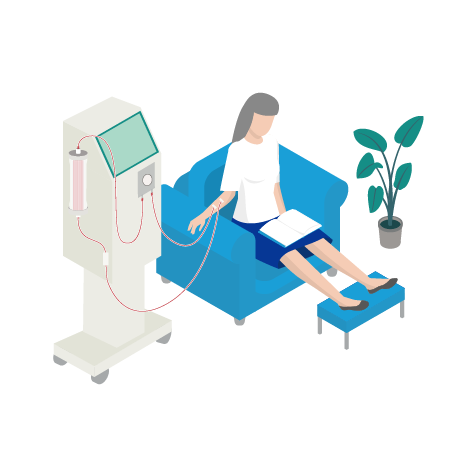
How Do I Perform Home Haemodialysis (Home HD)?
If home haemodialysis (Home HD) is the right treatment option for you, your healthcare team will train you to set up your dialysis machine and other equipment, insert needles properly, and how to perform your treatments successfully.
For children, you will need to discuss with your unit how often you are expected to dialyse at home – this will be for a minimum of 16 - 20 hours each week (for example 4 x 5 hour sessions); or more gently as a nocturnal treatment, 4-5 days each week.

Home haemodialysis (Home HD) Can Give You More Freedom
Compared to having dialysis in a clinic or hospital, home haemodialysis (Home HD) gives you more flexibility to plan treatments around the activities you know and love. You may even be able to travel while on home haemodialysis (Home HD). You should speak with your clinician before planning activities and trips, as they can give you more information on how to stay safe and healthy while pursuing a full and active life.
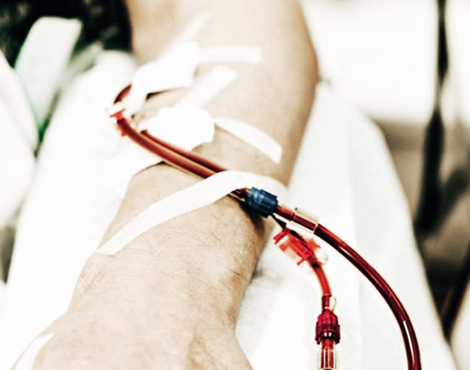
Preparing Your Body for Home Haemodialysis (Home HD)
Before you begin home haemodialysis (Home HD), you will need to complete the 4-6 weeks of training required to perform treatment safely and successfully. You will typically also need a caregiver helping you with your home haemodialysis (Home HD) treatments, so he or she will also need to be trained.
The 3 types of Haemodialysis access described above, apply to children requiring haemodialysis too, but the difference is that the ‘catheter’ is the most frequently used option in paediatrics (in which case the reference to ‘needles’ does not apply). Fistulas are more commonly used in older children.
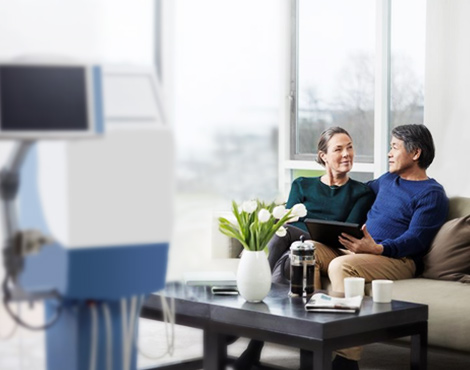
Preparing Your Home for Home Haemodialysis (Home HD)
To perform safe and effective home haemodialysis (Home HD), you will need to have a dedicated clean area where you can conduct your daily treatments. You will also need a chair or bed that is comfortable for you to sit or lie in during treatment and a telephone with which you can make any necessary calls to your healthcare team. Your clean area will need to be adapted for dialysis with the type of electrical outlet needed for your dialysis machine, a water source that can be accessed easily during treatment, and a plumbing system for draining away any waste water. These adjustments will be organised by your clinic or hospital.
A member of your healthcare team will usually visit you at home and help you decide on the best place to set up your treatment area and store your supplies.

Benefits of Home Haemodialysis (Home HD)
Home haemodialysis (Home HD) may be the right treatment option for you if it is well-suited to your medical and physical condition, and lifestyle choices. Home haemodialysis (Home HD) gives you the opportunity to enjoy the comfort and freedom that comes with performing dialysis in a space that feels familiar and safe, while having telephone access to professional help if you need it. Doing your treatments at home may also increase your flexibility by allowing you to avoid frequent trips to the hospital or clinic.
In paediatrics, these dialysis supplies are similar sized to the ones required for home PD and can be delivered to your home every 2-4 weeks. The needles only apply, if your child choses to have a fistula for their dialysis access.
Where to go next?
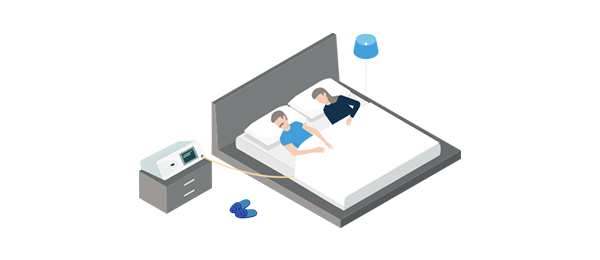
Peritoneal Dialysis (PD) at Home
There are other types of dialysis that can be done at home. Learn more about peritoneal dialysis (PD).
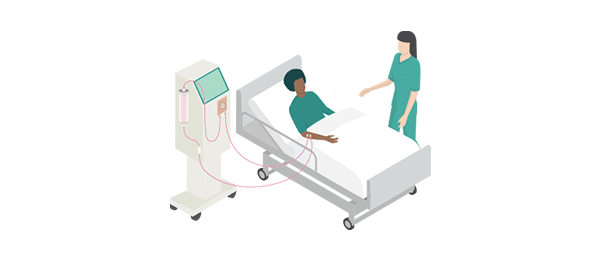
In-Centre Haemodialysis (In-Centre HD)
You may prefer to receive dialysis at a hospital or treatment centre near you. Learn more about in-centre haemodialysis (In-Centre HD).
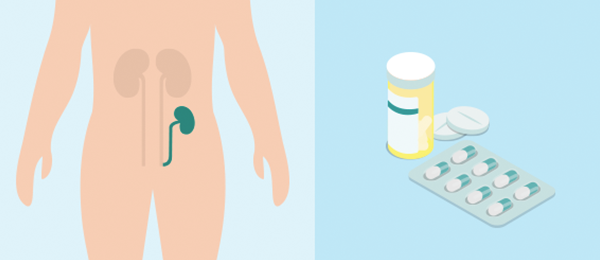
Other Treatment Options
You and your clinician may decide that other treatments such as transplant or conservative care may be a better option for you. Learn more about other treatment options.